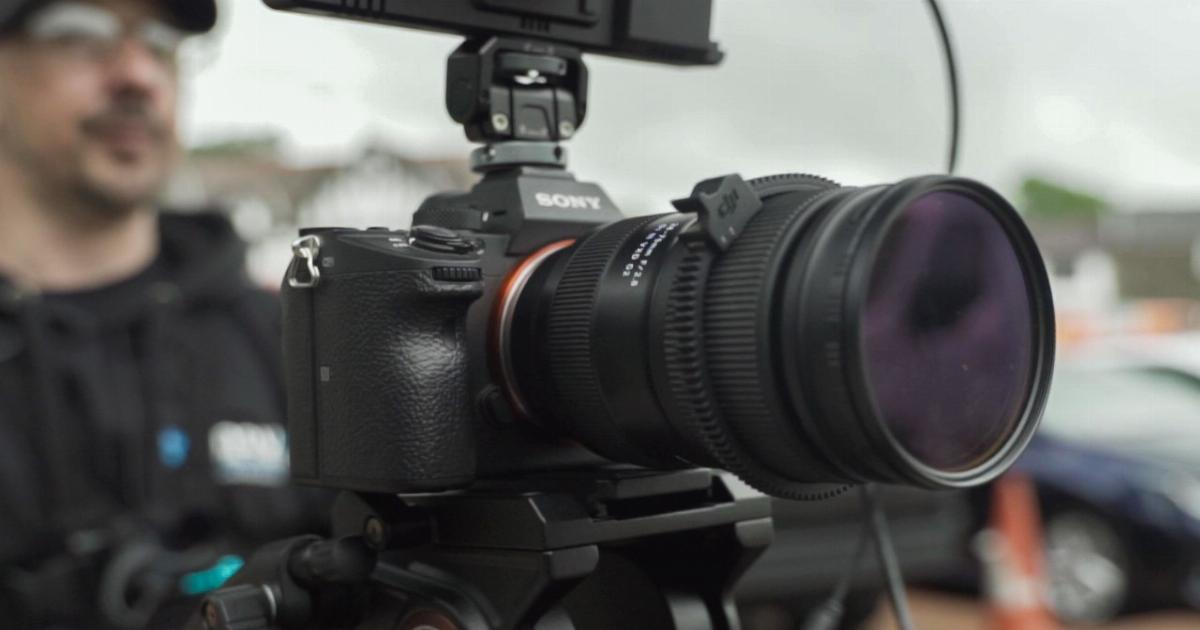How the Video Production Process Works

549
2023-11-06
The video production planning process, which occurs after we have a confirmed quote, is a critical phase that bridges pre-production, production, and post-production. At this stage, we already have the client's brief and required materials in hand, and we're ready to move forward with the project. Being well-prepared is essential and a requirement to use our services because it ensures a smooth and efficient production process, minimizes delays and cost overruns, and ultimately results in a high-quality video. Here's an overview of how we approach this planning process:
1. Pre-Production:
At this stage, pre-production planning continues with a focus on turning the client's vision into a well-defined plan for production. Key activities include:
- Shot List Creation: We collaborate with the client to create a detailed shot list. This list outlines every scene, camera angle, and shot needed to bring the client's vision to life. It helps ensure that all necessary footage is captured during production.
- Location Scouting: If location shooting is required, we visit and assess potential filming locations to address any logistical challenges and to plan for lighting, sound, and equipment setup. Please note this is an extra that can be priced during the quotation stage and is not included by default with our video production packages.
- Scheduling: We finalize the production schedule, including specific times for each scene. This schedule ensures that all crew members, talent, and equipment are available and properly organized for the shoot.
- Crew and Equipment Coordination: We assemble the necessary crew and equipment based on the project's requirements and the shot list. Ensuring that the right personnel and equipment are in place is crucial for a successful shoot.
2. Production:
Production is the stage where we capture all the footage needed for the video. It involves setting up the chosen locations, coordinating talent and crew, and executing the shots according to the shot list. Being well-prepared in pre-production ensures that the production process runs smoothly, reducing the likelihood of delays or mistakes.
3. Post-Production:
The post-production stage in video production is a crucial phase where all the raw footage and elements captured during the production phase are meticulously edited and crafted into a final video. This phase involves a variety of creative and technical processes aimed at refining and enhancing the content to achieve the desired outcome. Here's a more detailed description of the post-production stage:
Video Editing:
- Footage Selection: The first step in post-production involves selecting the best takes from the raw footage. This includes reviewing all the shots and deciding which ones to use in the final video.
- Sequencing: Editors organize the selected shots and scenes to create a cohesive and logical narrative or visual flow.
- Transitions: Transitions between shots or scenes, such as cuts, fades, dissolves, and wipes, are added to create a smooth and visually appealing transition from one shot to the next.
- Color Correction: Adjustments are made to ensure consistent color and lighting throughout the video. Color correction enhances the visual quality of the footage.
Audio Post-Production:
- Sound Editing: This involves cleaning up and enhancing audio tracks, removing unwanted noise, and ensuring that dialogue, music, and sound effects are balanced and clear.
- Sound Design: If necessary, sound effects are added to create a more immersive and engaging audio experience.
- Music: The selected background music is integrated into the video to enhance the overall emotional impact.
Graphics and Visual Effects:
- Text and Graphics: Titles, captions, and graphics are added to provide context or convey additional information.
- Visual Effects: Special effects, animations, and graphics are incorporated to achieve specific visual goals, such as enhancing storytelling or creating a particular atmosphere.
Voiceover and Narration:
- If voiceover or narration is required, this is recorded and integrated into the video during post-production.
The Importance of Being Prepared:
Being well-prepared in all phases of video production is essential for several reasons:
- Efficiency: Planning minimizes wasted time and resources during production and post-production, leading to a more cost-effective project.
- Quality: A well-thought-out plan helps maintain a consistent and high-quality output.
- Client Satisfaction: Meeting deadlines and staying within budget leads to a satisfied client who is more likely to return for future projects.
- Problem Avoidance: Proper planning helps identify and address potential issues in advance, reducing the risk of last-minute complications.
In conclusion, thorough pre-production, efficient production, and well-planned post-production are essential elements of successful video production. Our services require clients to be prepared because it leads to the best possible outcomes, meeting or exceeding the client's expectations and delivering a high-quality video product.
Comments
Have any thoughts you would like to share? Use the comments below.








 549 2023-11-06
549 2023-11-06